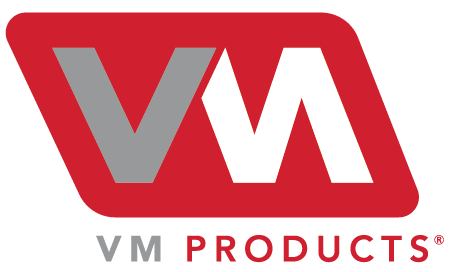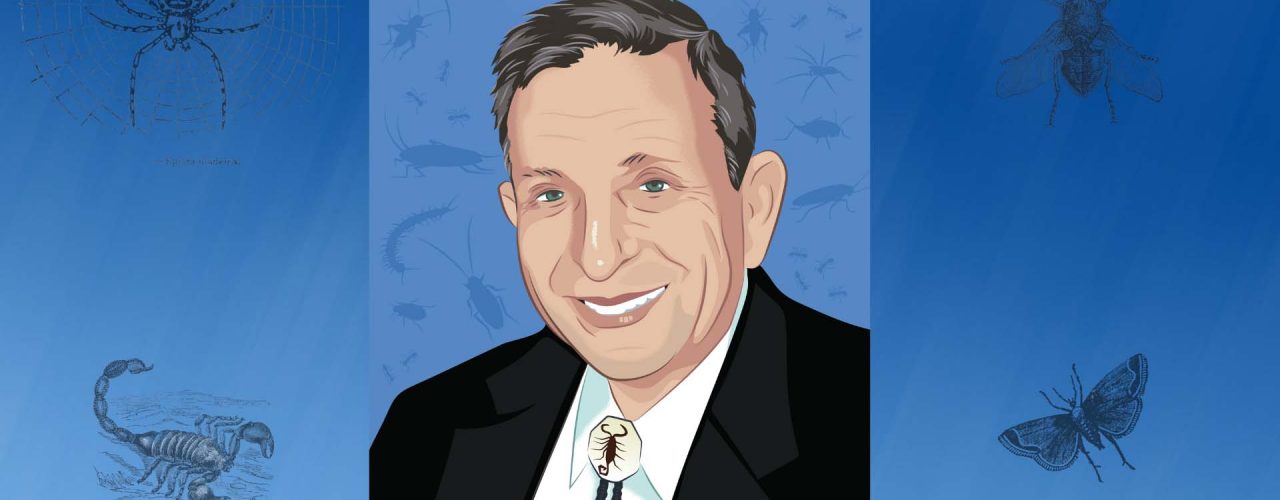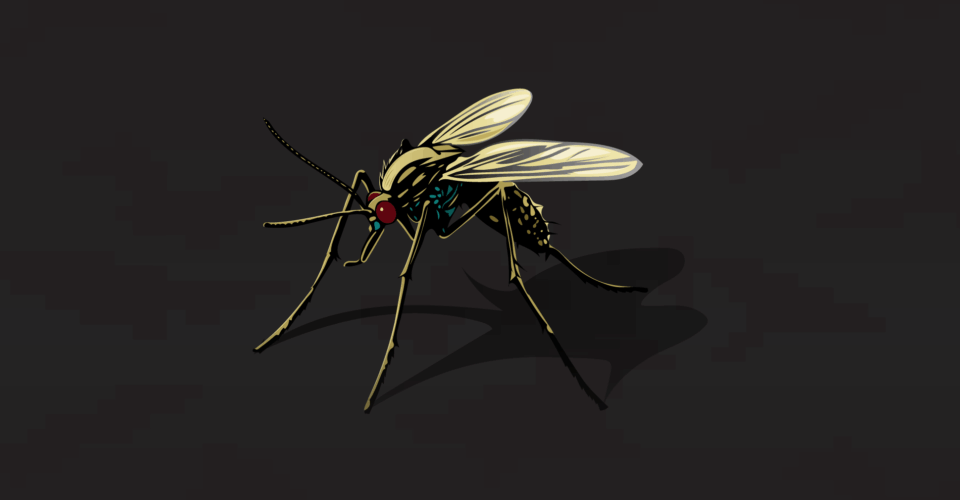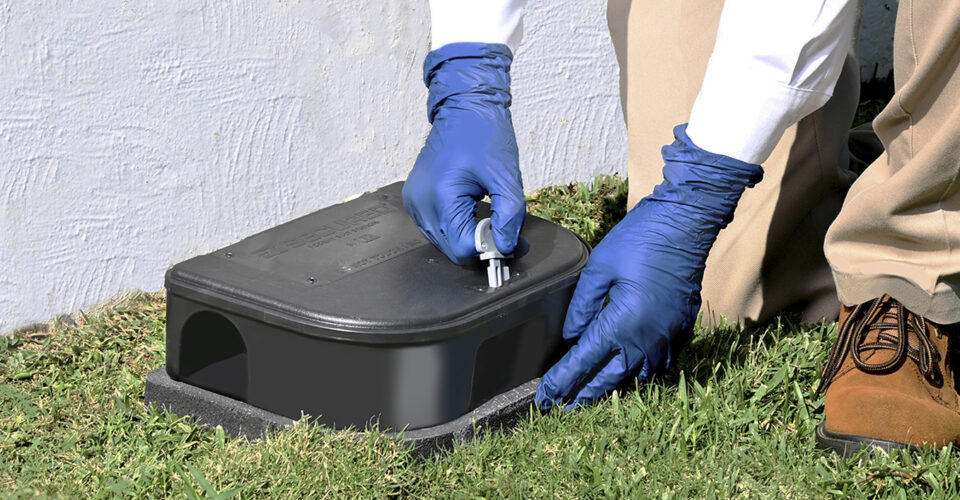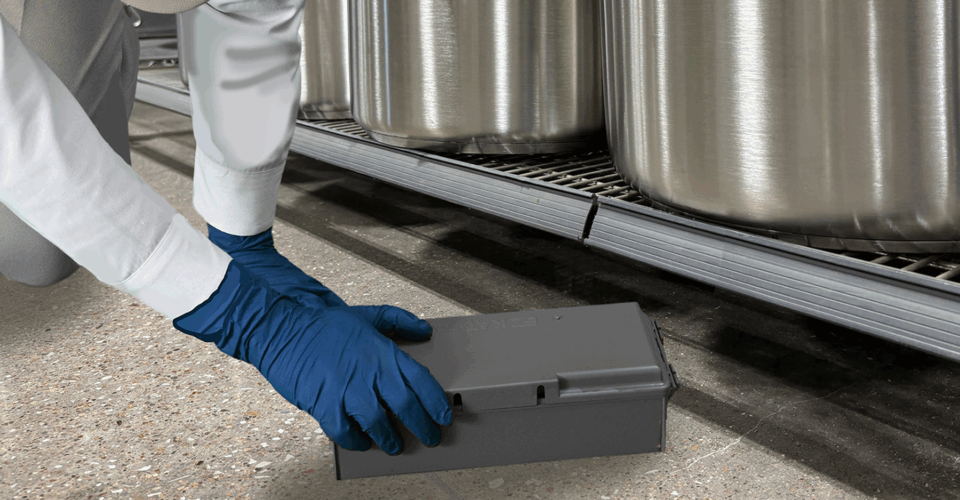6 Tips From Legendary Entomologist,
Dr. Austin M. Frishman
Dr. Austin Frishman, 81, didn’t expect to become a legend in the pest management field. It just kind of worked out that way. He grew up on a chicken farm and was always interested in farming and insects. He followed his curiosity for the latter and never looked back. The career results are more impressive than even he might have imagined.
Frishman was instrumental in research that revealed the connection between cockroaches and certain diseases, as well as asthma prevalence. He made glue boards easier to use for PMPs and ran a successful sanitation inspection business for decades while speaking at hundreds of industry conferences. He studied entomology at Cornell University, where he earned his undergraduate and master’s degrees, then completed his doctorate at Purdue University. Frishman was inducted into the Pest Control Magazine Hall of Fame in 2002, and these accomplishments really do only scratch the surface of his work in the field.
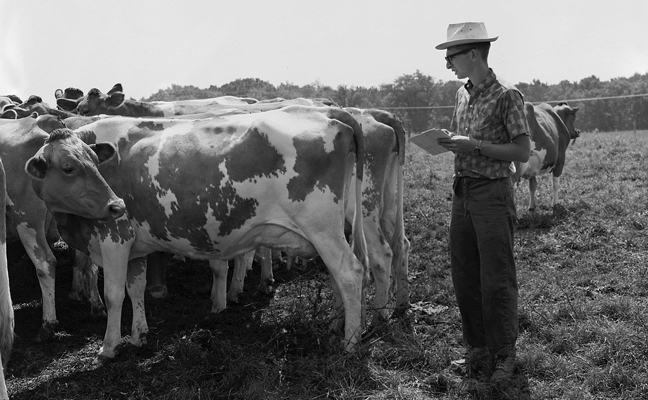
Today, his mind is as active as ever. He recently authored the comprehensive guide Best Practices For Food Plant Inspection for VM Products. [Click here to download the guide] In a recent interview, he shared some tips and insights that any PMP can take to heart.
Still taking notes
In the 1970s, a young Frishman met another legend in the field, Dr. Arnold Mallis, author of the popular Handbook of Pest Control, published in 1945. Frishman noticed how Mallis would talk to PMPs at conferences and take notes on a notepad he kept in his pocket. “He said to me ‘the day you stop taking notes is the day your brain dies.’ Don’t ever stop learning kid,” he recalled. The exchange influenced the young Frishman, who has often been described as having a “boyish enthusiasm” towards his work and whose drive to learn is still alive today.
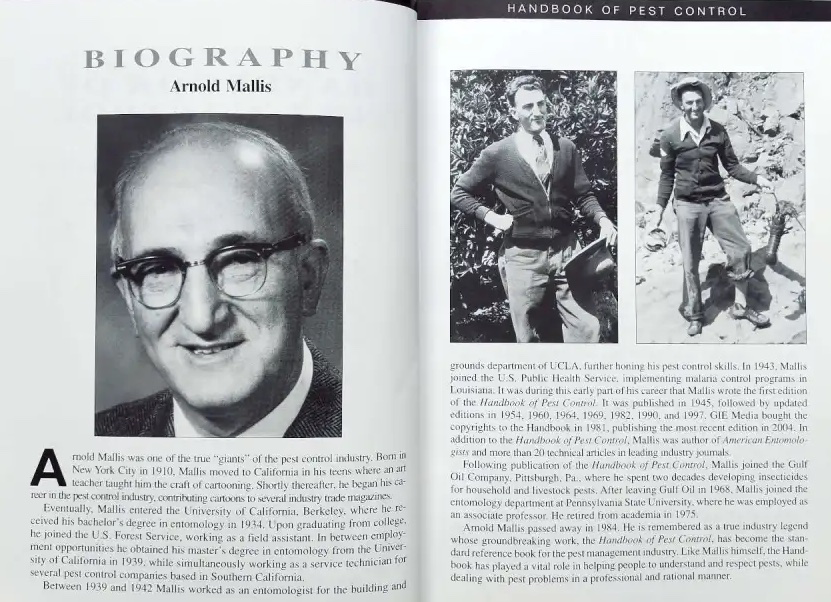
“As a kid, I used to turn over rocks. I’d see something crawling and get excited. At 81, I still do it, and I’m just as excited,” he said. Still penning columns for industry trade publications and drafting manuals on best inspection practices are ways he still keeps “taking notes” today.
Teaching a love for the industry
Frishman taught at the State University of New York at Farmingdale for 13 years, leaving in 1980 to focus on his sanitation inspection work. But while he ran his business, he would also log more than 100,000 flight miles each year to speak at seminars and trade shows. He later learned that his enthusiasm during these talks and his teaching years inspired others.
“I never realized I inspired people, but in the last 15 years or so, people write me and tell me how they got into the industry. Many talk about how they were the child of a pest control operator sitting in the audience. … They say what I said got them excited to want to go into the industry. That’s touching. I still probably talk to at least three former students each week and I haven’t taught since 1980.”
VM Products Founder, Ethan Vickery, was too young to attend Frishman’s classes or seminars. But he has befriended Frishman through the years and considers his knowledge essential to his own growth in the field.
“It’s a personal goal of mine to educate the public on our industry’s role as protectors of public health,” Vickery said. “Dr. Frishman’s work and insights absolutely shaped the foundation for us as professionals to be able to have these critical conversations.”
Today, Frishman remains hopeful that industry leaders like Vickery and others will motivate more people to enter the field and work to educate the public on its value to society.
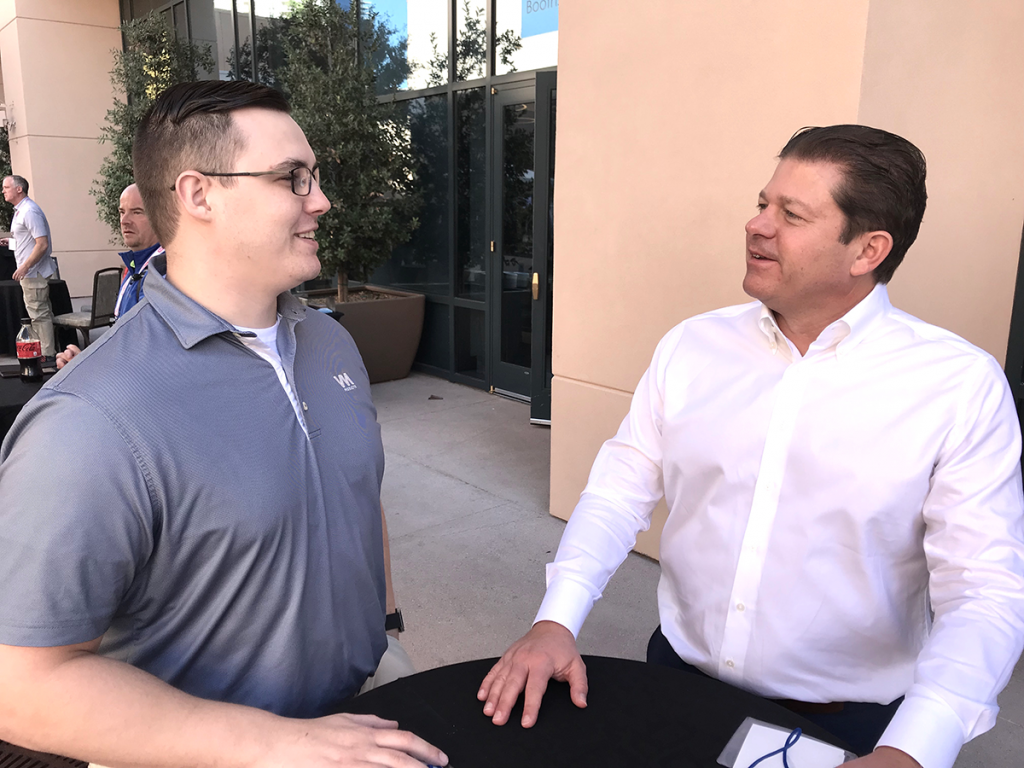
“As mergers happen and outsiders purchase companies, the challenge is to teach the love of the industry that the technician brings,” Frishman added. “At the same time, there’s a need for understanding the uniqueness of our customer relationship, and how we need to better communicate our value to them.”
Tackling the industry’s labor challenges
Frishman sees every challenge as an opportunity. But one long-term challenge is focused on is what he calls “the end of a golden age” for university urban pest management programs. The challenge will be to now develop new programs to educate tomorrow’s professionals.
“I think you solve that by setting up regional trade schools,” he offered. “It might be organizations like NPMA, it might be manufacturers who step in, whatever it may be, but the most important thing is that the teachers in these schools come from the industry themselves.”
At the same time, the industry needs to tackle “the three R’s”: recruiting, retraining and retaining technicians, he added.
“Mothers and fathers don’t usually pat their little kids on the head and say ‘I want you to be a pest management specialist.’ Teachers and guidance counselors don’t encourage it either. So, there’s always that challenge to get people, train them, and keep them.”
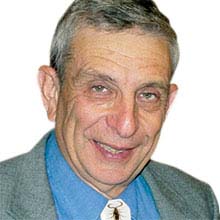
Technology and recycled jokes
New technology is at the core of the training and retraining conversation, Frishman acknowledged. But even with technology evolving and integrating into the field, he still sees a need to continue to advance fundamental inspection practices for technicians in the field.
He emphasizes a need to improve visualization skills and teaching PMPs how to include other senses like smell and sound to conduct more thorough initial and follow-up assessments. Technology should then work with those improved inspection skills and never attempt to replace them.
“Otherwise, you’ll end up doing robotic pest control and the pest will beat you,” he said. “I believe in technology, but also in figuring out how to use it along with the basics. … My uncle once told me ‘there are no new jokes just old ones recycled.’”
His appreciation for innovative thinking
Even though Frishman is a big believer in furthering technician inspection skills, he still values the industry innovation. VM Products’ Ethan Vickery is one innovator he respects.
“When I first met him, I think it was 2008 … his mind was racing a mile a minute. He had so many ideas,” Frishman recalled. “I thought ‘this is a good person to have in our industry because he’s innovative and the industry needs fresh thinking.’ … There are a lot of good ones out there, but I can say he’s special with what he’s brought to the industry.”
Frishman points to VM’s EZ Secured rodent bait station, which incorporates a block into the station’s design to better secure it in place, as one example of the outside-the-box thinking he appreciates.
“No one had that before. We had to go get rocks. It was much more difficult. … This kind of thinking causes other manufacturers to up their game,” Frishman added. “And VM was also one of the first to think of using recyclable materials for bait stations, too.”
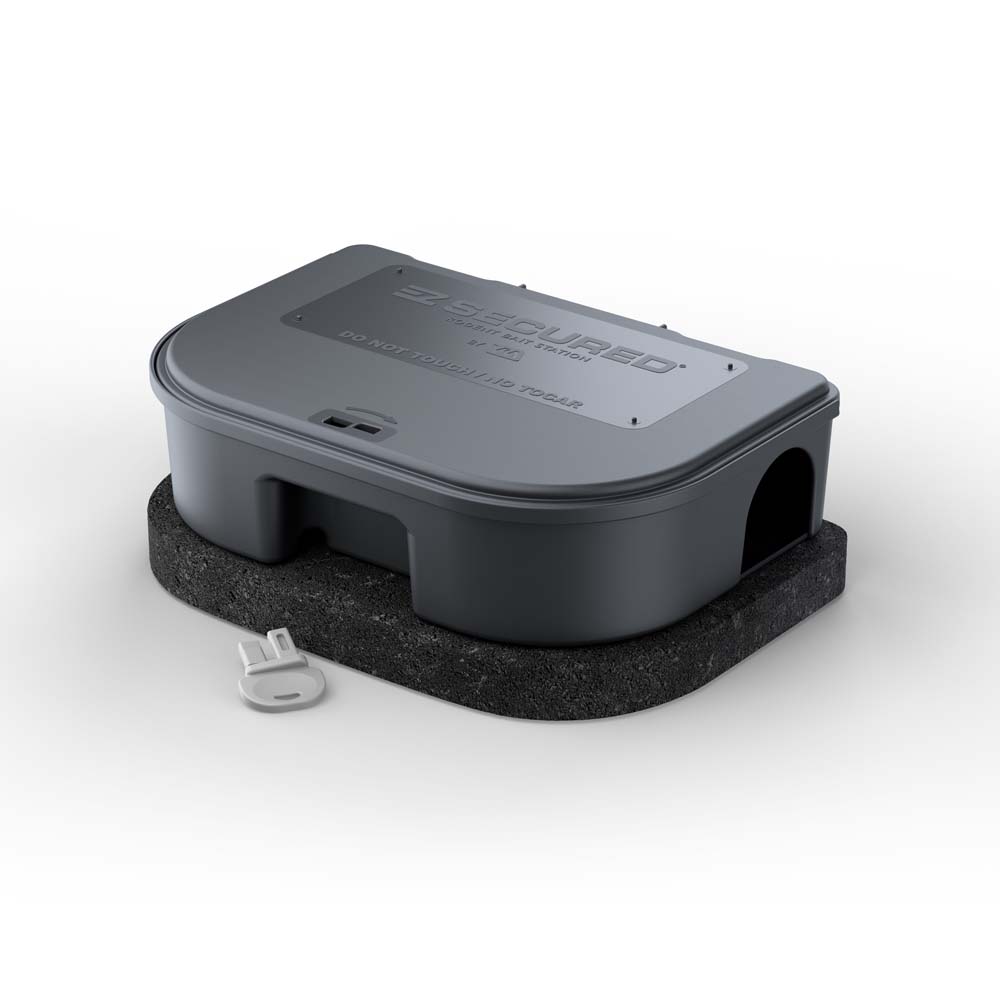
What he’s most proud of
Pinpointing one proud moment in a long career is difficult for Frishman. His recollection of experiences is less about pride and accomplishment. It’s more the cataloging of a wealth of lessons learned and conversations had. Hearing from people who made small changes in their practices to protect products or materials from pest contamination is rewarding, he says, even though it lacks industry recognition.
“The best part is you don’t really have to get credit for it. … you see the change is there, you can see the progress; it’s done. It makes you smile.”
But the legend does admit to being truly proud of one thing.
“I never wanted a building or statue named after me, but to have two scholarships in my name … created by my former students and associates, people I worked with in the industry, and to be alive to see it and write a letter to the winners every year, oh my … I am very proud of that.”
[Click here to download the guide: Best Practices For Food Plant Inspection]
